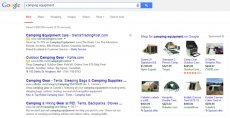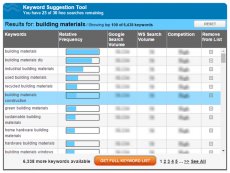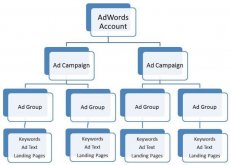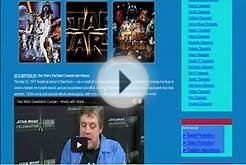 Search engine marketing, or SEM, is one of the most effective ways to grow your business in an increasingly competitive marketplace. With millions of businesses out there all vying for the same eyeballs, it’s never been more important to advertise online, and search engine marketing is the most effective way to promote your products and grow your business.
Search engine marketing, or SEM, is one of the most effective ways to grow your business in an increasingly competitive marketplace. With millions of businesses out there all vying for the same eyeballs, it’s never been more important to advertise online, and search engine marketing is the most effective way to promote your products and grow your business.
In this guide, you'll learn an overview of search engine marketing basics as well as some tips and strategies for doing search engine marketing right.
Search Engine Marketing – An Overview
Search engine marketing is the practice of marketing a business using paid advertisements that appear on search engine results pages (or SERPs). Advertisers bid on keywords that users of services such as Google and Bing might enter when looking for certain products or services, which gives the advertiser the opportunity for their ads to appear alongside results for those search queries.
These ads, often known by the term pay-per-click ads, come in a variety of formats. Some are small, text-based ads, whereas others, such as product listing ads (PLAs, also known as Shopping ads) are more visual, product-based advertisements that allow consumers to see important information at-a-glance, such as price and reviews.
Search engine marketing’s greatest strength is that it offers advertisers the opportunity to put their ads in front of motivated customers who are ready to buy at the precise moment they’re ready to make a purchase. No other advertising medium can do this, which is why search engine marketing is so effective and such an amazingly powerful way to grow your business.
 Keywords: The Foundation of Search Engine Marketing
Keywords: The Foundation of Search Engine Marketing
Keywords are the foundation of search engine marketing. As users enter keywords (as part of search queries) into search engines to find what they’re looking for, it should come as little surprise that keywords form the basis of search engine marketing as an advertising strategy.
Keyword Research
First, you need to identify keywords that are relevant to your business and that prospective customers are likely to use when searching for your products and services. One way to accomplish this is by using WordStream’s Free Keyword Tool.
WordStream’s Free Keyword Tool provides you with a range of valuable information, such as search volume for each individual keyword in Google and its general competitiveness.
In addition to helping you find keywords you should be bidding on, thorough keyword research can also help you identify negative keywords – search terms that you should exclude from your campaigns. Negative keywords aren’t terms with negative connotations, but rather irrelevant terms that are highly unlikely to result in conversions. For example, if you sell ice cream, you might want to exclude the keyword “ice cream recipes”, as users searching for ice cream recipes are unlikely to be in the market for your product.
This concept is known as search intent, or the likelihood that a prospect will complete a purchase or other desired action after searching for a given term. Some keywords are considered to have high commercial intent, or a strong indication that the searcher wants to buy something. Examples of high commercial intent keywords include:
- Buy
- Discount(s)
- Deal(s)
- Coupon(s)
- Free shipping
 Keywords and Account Structure
Keywords and Account Structure
Another crucial aspect of keywords that is essential for the success of a search engine marketing campaign is account structure.
Logical keyword grouping and account structure can help you achieve higher click-through rates, lower costs-per-click, and generally stronger overall performance, and keyword research can help you think about how to best structure your account.
AdWords and Bing Ads accounts should be structured in the following way for optimal results:
As you can see in the figure above, an optimally structured account is comprised of five distinct elements:
- Ad campaigns
- Ad groups
- Keywords
- Ad text
- Landing pages
Ad campaigns can, and should in many cases, focus on similar products or services. For example, if you run a hardware store, one ad campaign could focus exclusively on autumnal products such as leaf blowers, rakes, and leaf bags, whereas another might focus on power tools and so on.
Ad groups allow for each campaign to be further subcategorized for relevance. In our hardware store example, one ad group could be for different types of rakes or varying models of leaf blowers. For the power tools campaign, one ad group might focus on power drills, while another could focus on circular saws. This level of organization might take slightly longer to set up initially, but the rewards – namely higher CTRs at lower cost – make this effort worthwhile in the long run.
The Search Engine Marketing Ad Auction
One of the most enduring misconceptions about search engine marketing is that whomever has the largest advertising budget wins. Although a larger advertising budget can certainly be advantageous, especially when targeting highly competitive keywords, but it’s far from a requirement for success with search engine marketing. This is because all ads go through a process known as the ad auction before appearing alongside search results. For the purposes of this explanation, we’ll be focusing on the ad auction in Google AdWords.













